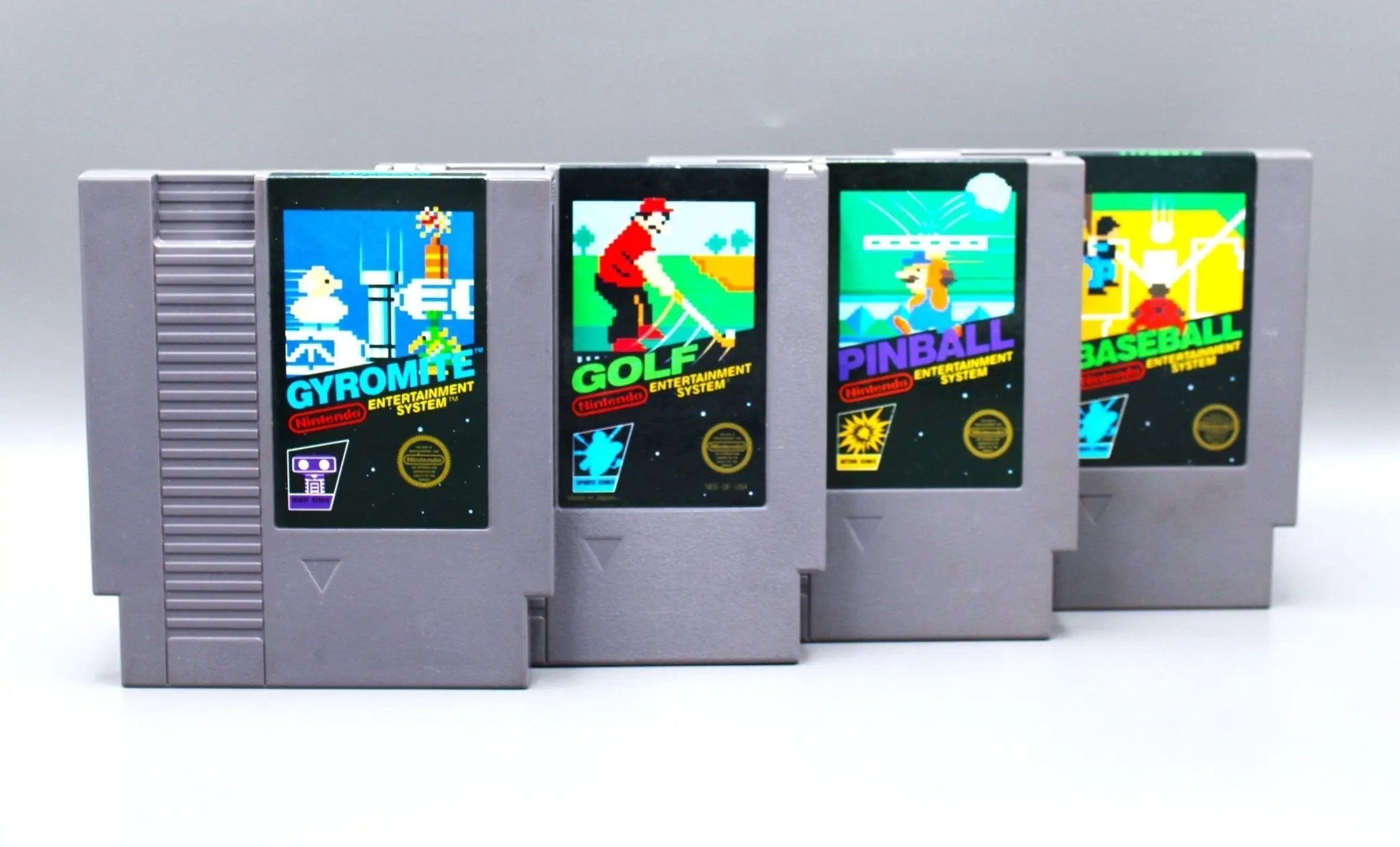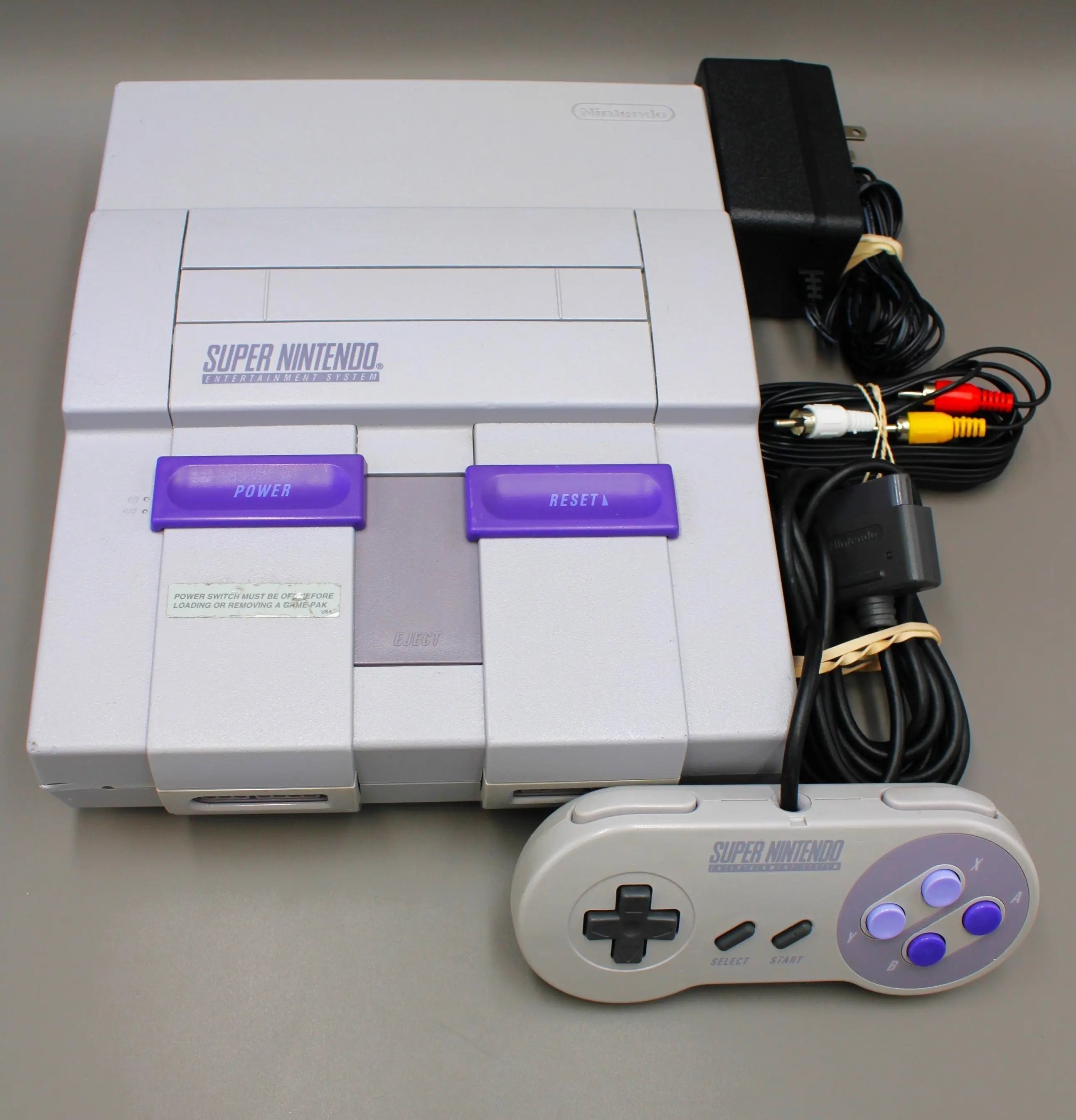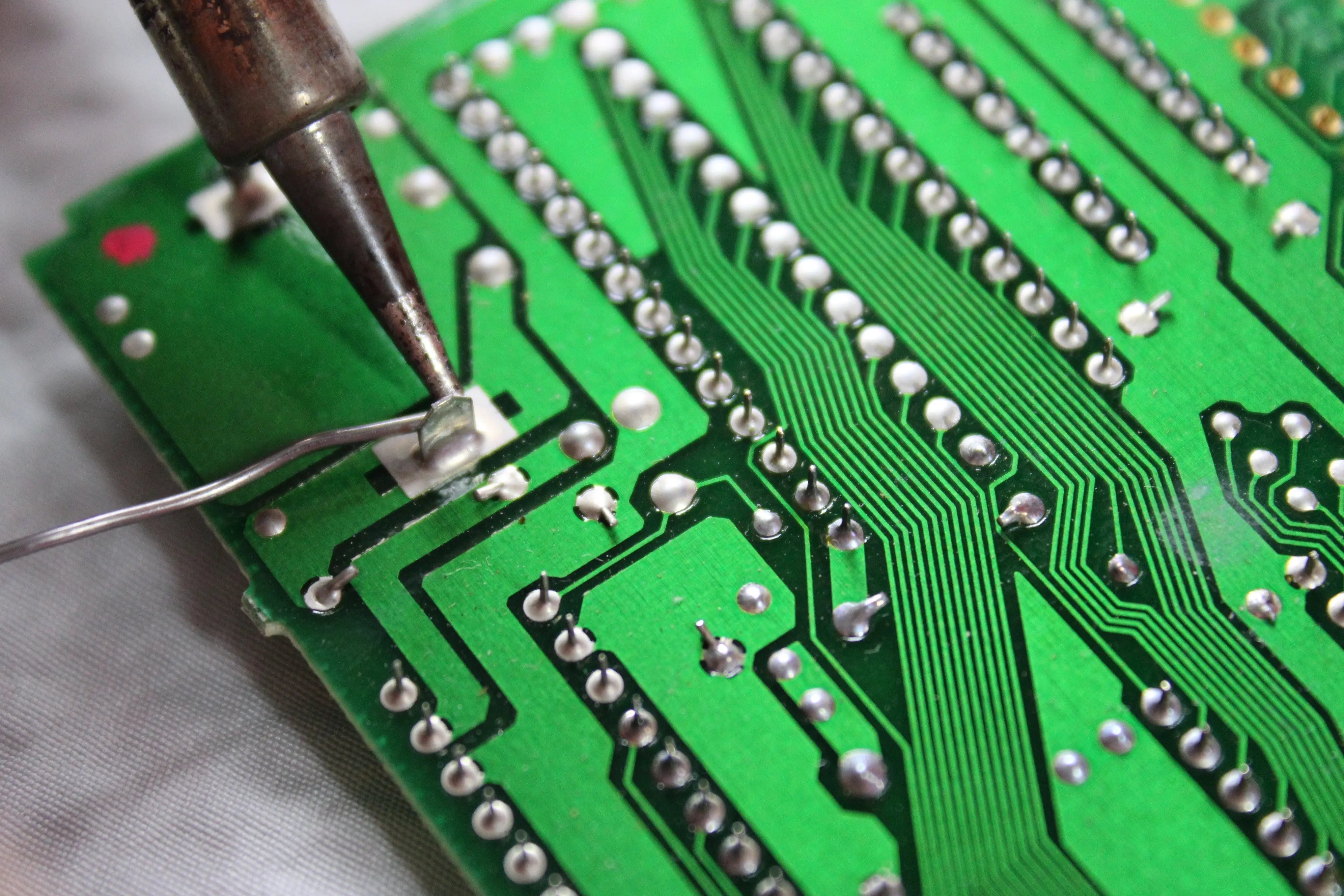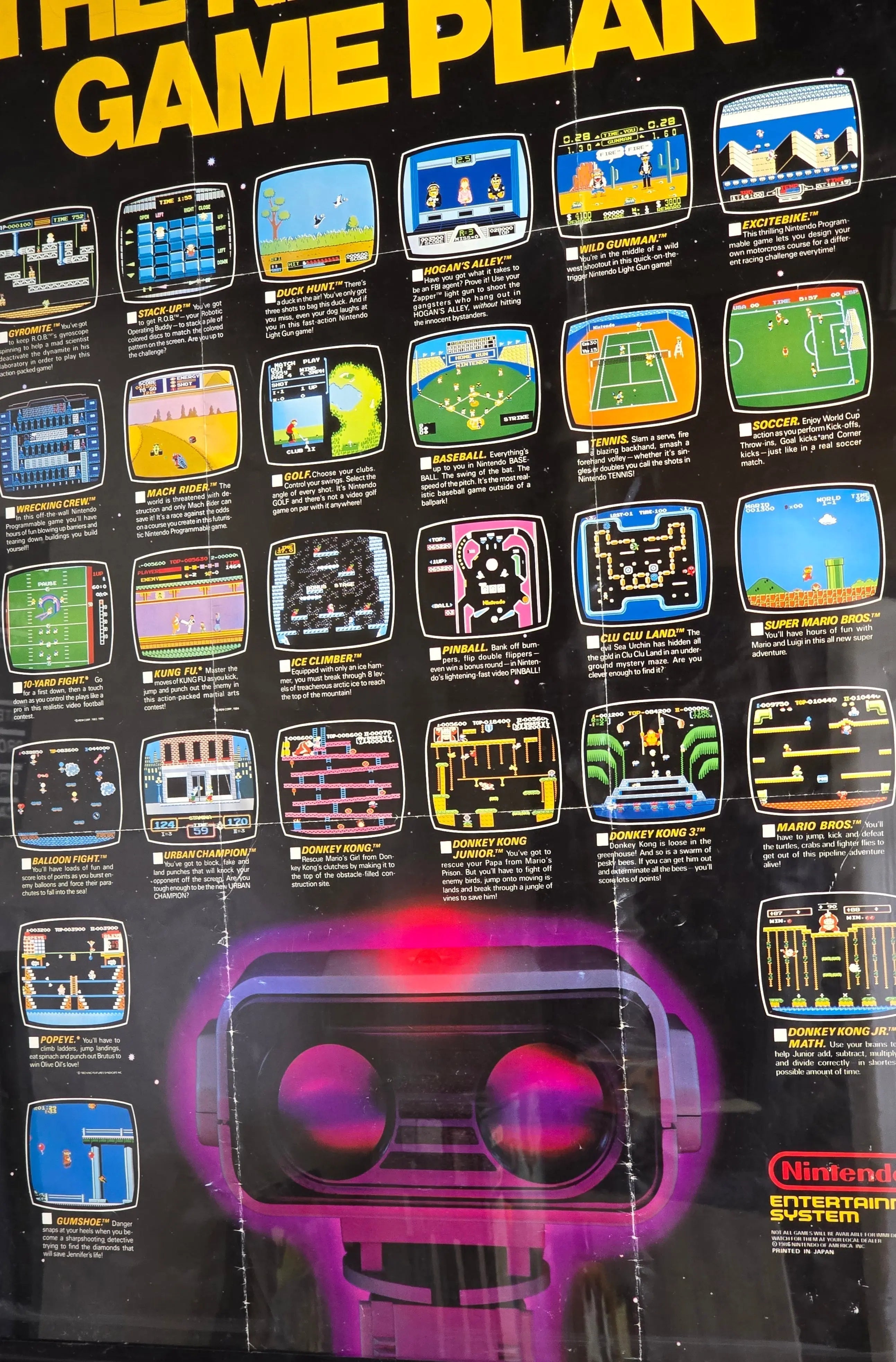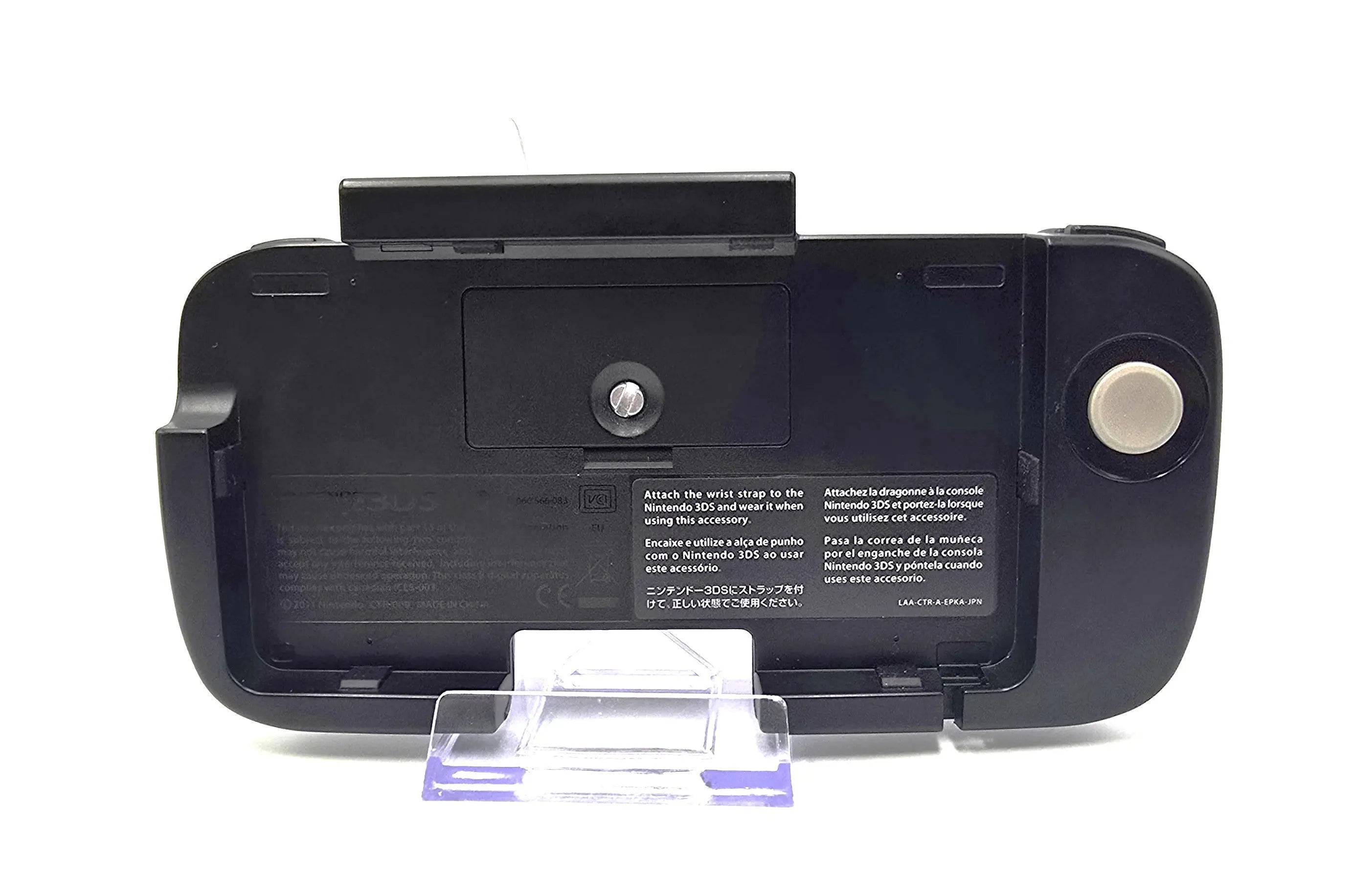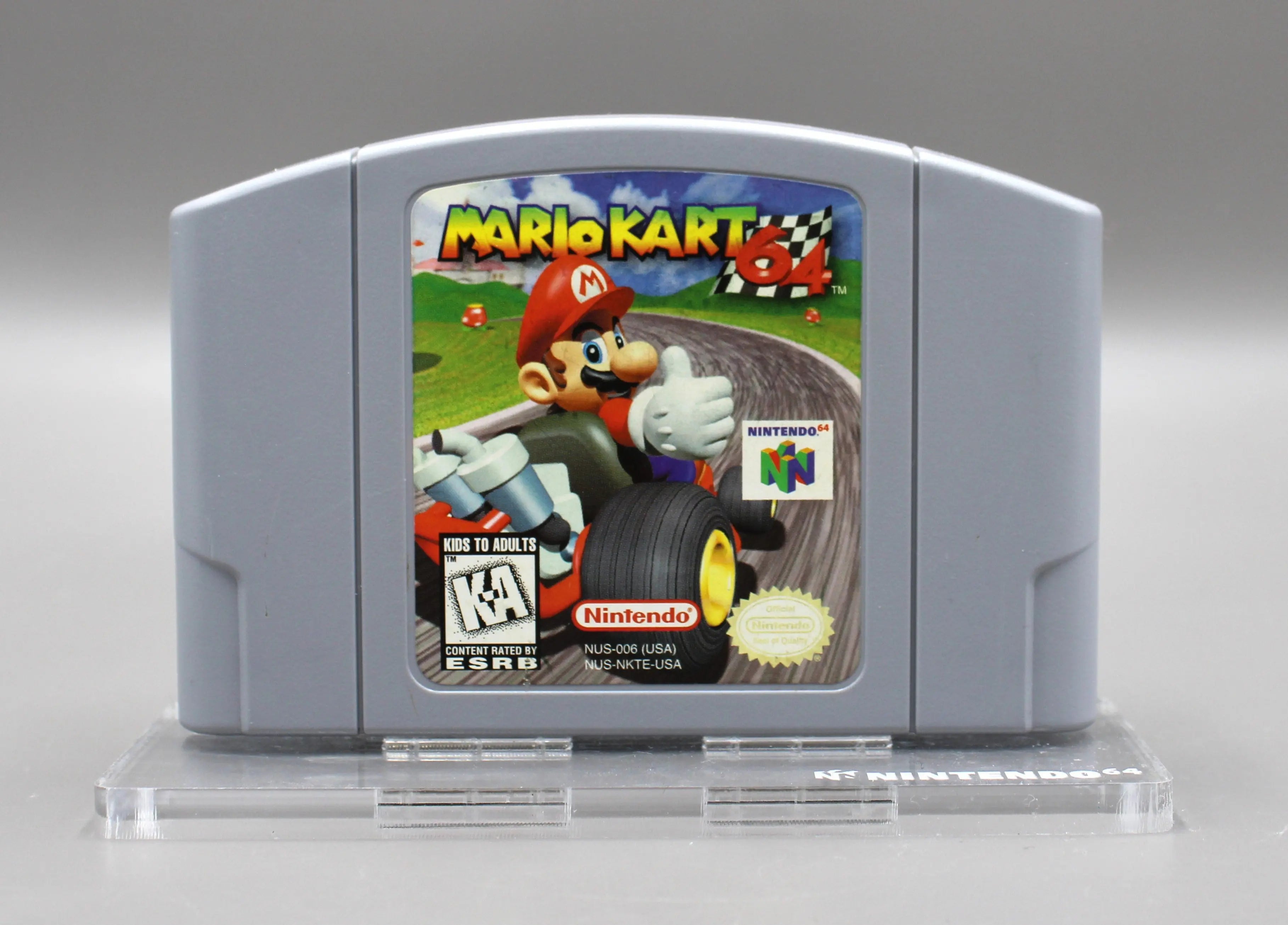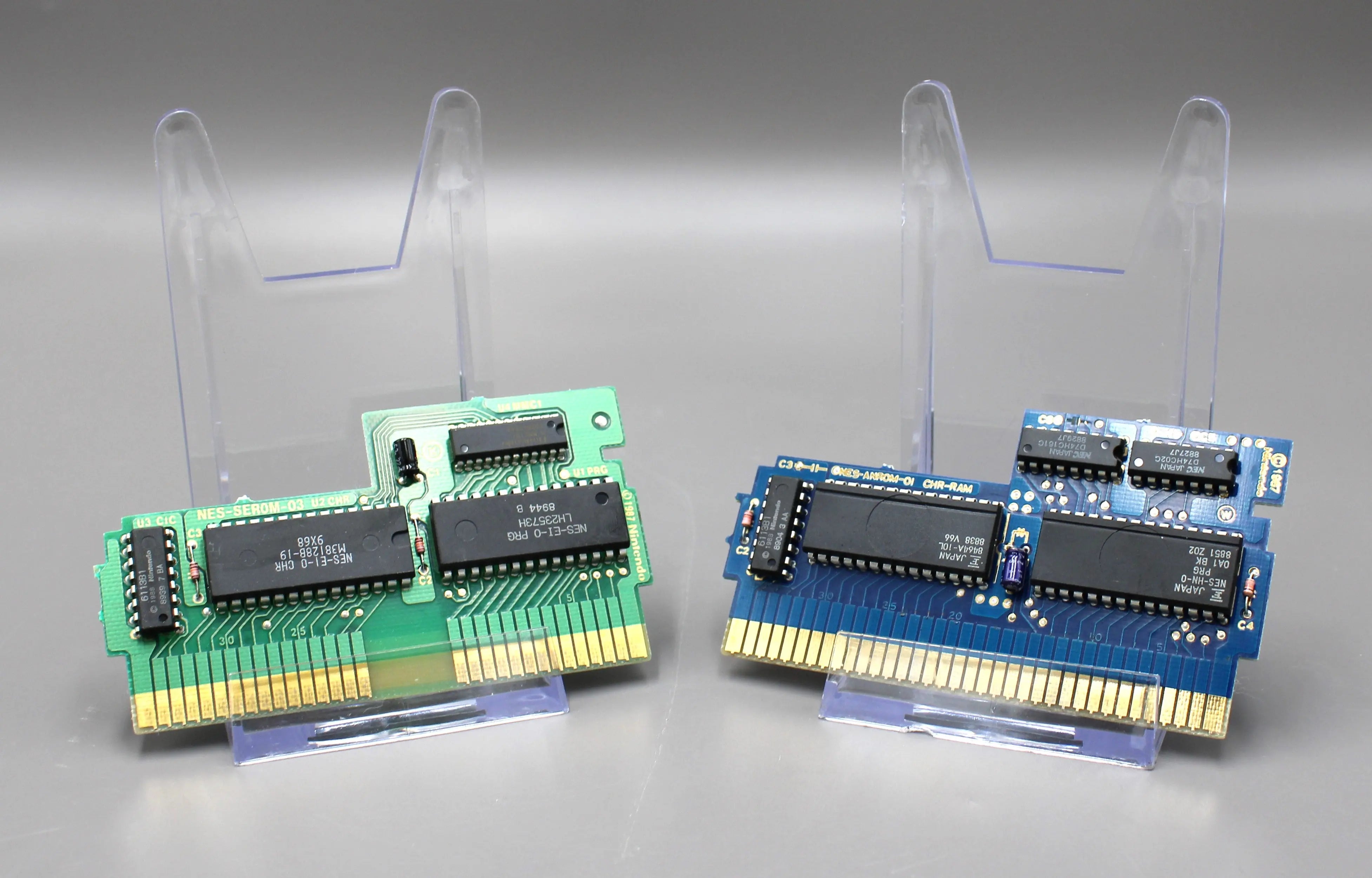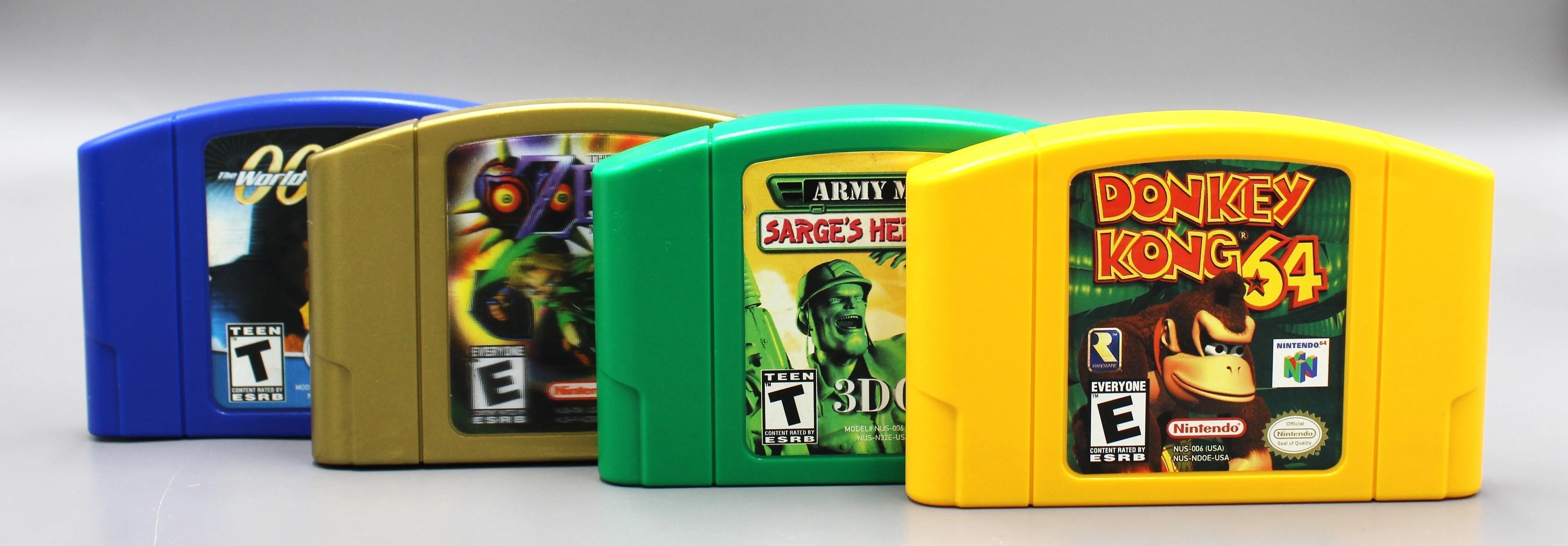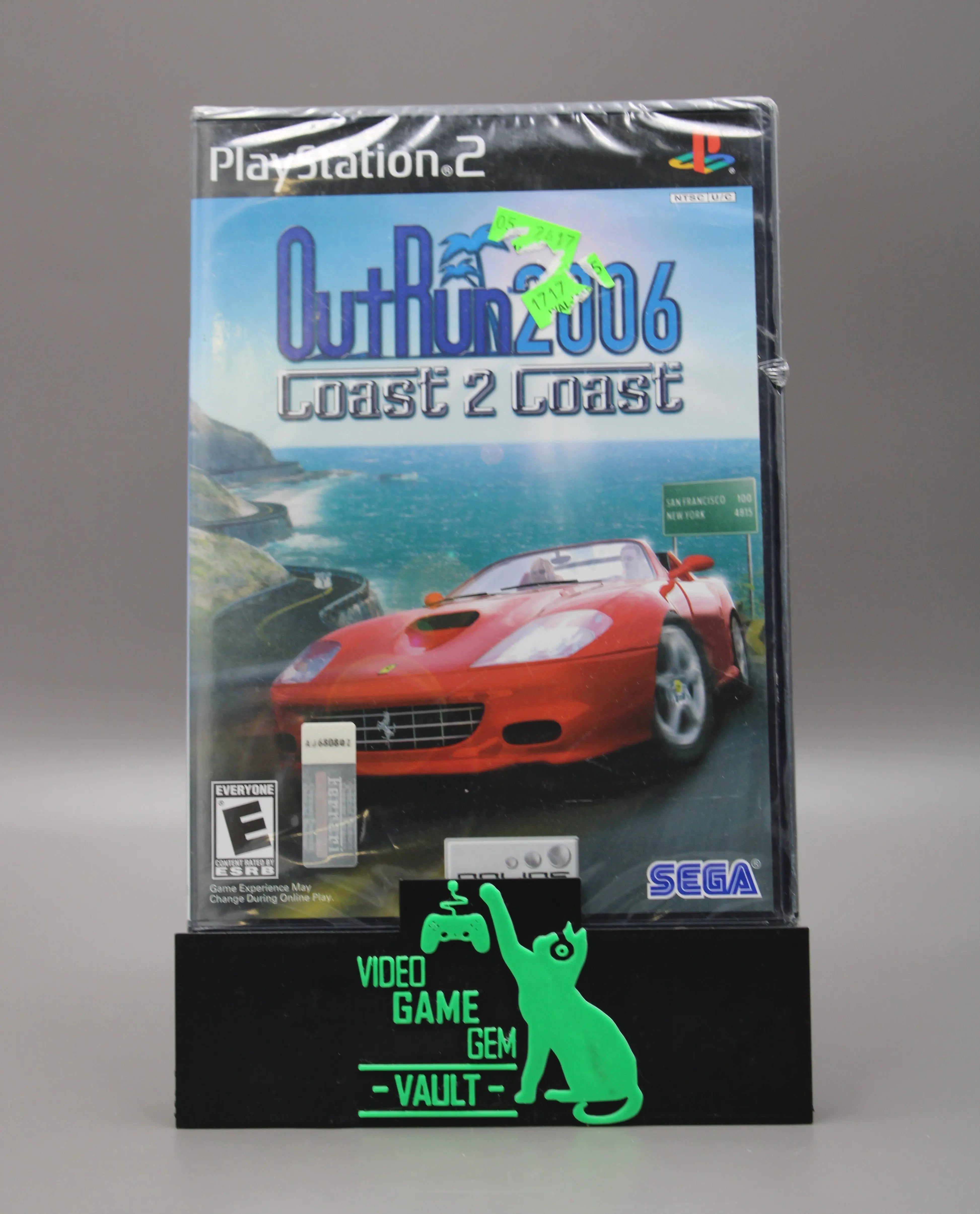What Were the Original NES Launch Titles?
Nintendo opened with 17 launch titles in 1985 for the North American rollout—its first full roster. The black box games for NES.
Nintendo 3DS Circle Pad Pro – The Weird, Bulky Add-On You Might Secretly Love
If you owned a Nintendo 3DS in the early 2010s, you might remember a strange accessory that made your sleek little handheld suddenly feel like an overgrown spaceship controller — the Circle Pad Pro.
It was big.
It was bulky.
It took a AAA battery (yes, really).
And for certain games… it was fantastic.
So what exactly is it, and why do collectors still talk about it?
What Is the Circle Pad Pro
Every Mario Kart Video Game Ever Released and Their Own Unique Appeal!
Every Mario Kart Video Game Ever Released and Their Own Unique Appeal! 1. Super Mario Kart (1992) Platform: Super Nintendo...
The Colors of Nostalgia: Why are Some NES Game Boards Blue and Others are Green?
Identifying Authentic NES Games
When evaluating the authenticity of an NES game based on its board color, there are several indicators to look for:
- Board Color: As mentioned, first-party games generally have green boards, while many third-party games are blue. However, this is not a strict rule, so further checks are necessary. So, beware if you get a pink board!
- Solder Points: Authentic NES boards usually have specific patterns of solder points. Counterfeit boards may have different solder configurations or less consistent soldering quality.
- Silkscreening: Check for the silkscreened text on the board. Genuine NES boards will have clear, consistent printing, while fakes might exhibit smudged or poorly printed labels.
- Chip Identification: NES game boards contain specific chips that can help verify authenticity. Use a chip identification tool or cross-reference the chip numbers with known genuine configurations.
- Physical Quality: Authentic boards tend to have a more robust feel and better craftsmanship than counterfeit versions. Check for overall build quality, including the thickness of the board and the quality of the cartridge shell.
- Weight: Counterfeit games are often lighter due to the use of inferior materials. If a game feels unusually light, it might be worth investigating further.
The blue and green colors of NES game boards are more than just aesthetic choices; they reflect the complex history of video game manufacturing and the evolution of the NES itself. For collectors and fans, understanding these differences not only adds depth to their appreciation of the games but also aids in identifying authentic titles from potential fakes. As the NES continues to captivate new generations, these small details remind us of the enduring legacy
A List of Nintendo 64 (N64) Game Titles with a Color Cartridge Variant
Looking back, there were 42 game titles that were released as colored cartridges for Nintendo 64. There were 268 N64 game titles released in total. So, only about 15% of the game titles released for Nintendo 64 had colored variants available. Interestingly, some of the color options that Nintendo offered to publishers were never released commercially
NTSC Sports Titles You Probably Didn’t Know Are Worth More Than 25 Cents!
When taking estimated values for the games listed, remember that condition is an enormous factor when it comes to price. I don’t want to list the “most expensive” or “rarest titles,” because we’ve all seen plenty of posts on those. I want to share a bit of knowledge on some titles that I never would have imagined fetched higher than $5!

